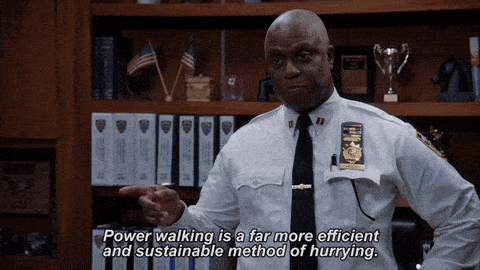The Agile Approach
to Business
Heads Up: This is part 3 of a 5-part series. We’ve done our best to make each article stand alone but, you’ll get the most from this content if you start at the beginning.
As we continue this tale of two strategies, we catch a glimpse into the future of business growth, a future shaped by rapid prototyping.
Jasper, our deeply experienced and forward-thinking entrepreneur, welcomes new projects like old friends.
To him, each one is a challenge to be embraced
Using what he understands about rapid prototyping, Jasper transforms concepts into tangible, testable models with an efficiency that would make even the most seasoned entrepreneur envious.
His approach is like a dance — a rhythmic exchange between learning, iterating, and improving. It has a flow and balance to it — yet, every move is calculated, and every decision is deeply informed.
He relentlessly gathers early feedback, makes iterative improvements, and keeps his budget in check, all while delivering a product that resonates with his target audience — his tribe.

Efficient. Effective.
He is able to do this because, for Jasper, rapid prototyping is more than just a tool — it’s a mindset. It’s a way of embracing the uncertainty of innovation and turning it into a strength.
If there is a secret to Jasper’s success, it is this: he understands that a minimally viable product (MVP) is enough to get going with in almost every case.
He understands that no product, no matter how intricate, is too complex for this quick, lean approach.
So he builds incrementally — iteratively — instead of trying to build everything at once.
Each time around the feedback loop is one iteration.
Software developers call the process “agile development.”
The results of Jasper’s approach are tangible. Projects are completed on time, within budget, and with a level of design quality that would make even Larry, in his pursuit of perfection, give a nod of approval.
Rapid prototyping, for Jasper, is more than a process — it’s a catalyst for success.
Note: Wabbits think of iteration as a series of sprints. Unlike the traditional approach to assets (where this "build > measure > learn" process can take a year or more) we love moving fast — so, we like to keep our cycles running at 4 weeks or less. That's us. That's the amount of time that we try to complete ours within. Let's be clear though...
The specific length of time isn’t as relevant as the principle underneath.
For us, “staying lean” means fast and nimble.
It means using the ancient secrets of not building stuff without asking people what they want along the way.
Perhaps you’re wondering, “How can I make this work for me?” Jasper asked himself the same question once.
It begins with the shift in mindset I mentioned earlier.
Instead of fearing mistakes, embrace them and the opportunities they provide for improvement.
Instead of waiting for the stars to align, we start right now, testing and refining as we go.
Yes, it can be unfamiliar, even counterintuitive.
It will be challenging.
And you might sincerely wonder if we are full of shit.
But remember, even with it’s unique challenges, rapid prototyping still costs less (in both time and money) than building the full scope of the project and failing.
So how does one actually do this work?
I mentioned a moment ago that Wabbits operate in sprints. The critical detail in this process is that improvements made to any given asset during a sprint are NOT based on the whims and ideas of the marketing or management teams.
They aren’t based on the CEO’s hunches either.
Any and all changes, feature additions, messaging, etc. are rooted in understanding the data, and how end-users are using (and not using) the asset.
Some examples:
- Reducing the number of “required” fields on website forms to improve conversions.
- Decreasing the rate that users leave a given website by inter-linking to relevant, highly compelling content.
- Changing an application’s UI to improve the experience.
- Incentivizing a call to action to increase lead generation.
These are heavily generalized examples but, the point is: We aren’t trying to nail all of the possibilities in our first shot. It isn’t possible.
Trying to do so is likely to increase costs in time and money — and, at least in the beginning, we are going to miss a lot of shots.
We want to accept, and prepare for that fact.
So, instead of trying to hit the target straight away, our strategy is to zero in over time. Like a game of Battleship.
In fact, let’s build off the battleship analogy. We’ll set Larry and Jasper aside for now, then swap in some pirate ship canons, and explore the idea further…
Click the “keep reading” button when you’re ready.

